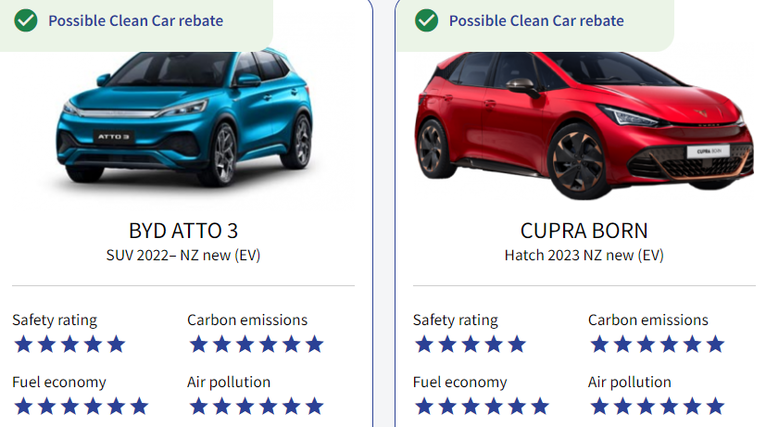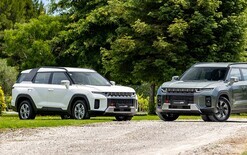Car ratings cover health impacts

Waka Kotahi has published improved air-pollution ratings for vehicles on the Rightcar website following research into health impacts from emissions.
The transport agency says it has used, for the first time, independent and peer-reviewed expertise to incorporate health-based data into the new ratings for models in New Zealand.
Lisa Rossiter, senior manager for environment and sustainability, says: “We know people weigh up many factors when buying a vehicle, from safety to fuel efficiency to price point.
“These new ratings also provide people with easy-to-understand information about the impact a vehicle they’re considering purchasing may have on their health and others. We hope they will make it easier for people to consider choosing a vehicle that’s safe, environmentally friendly and contributes to healthier air.”
Evidence from the Health and Air Pollution in New Zealand (HAPINZ 3.0) study details the impacts of nitrogen dioxide emitted from vehicles, particularly those powered by diesel.
The research, which was published in July 2022, indicates that even exposure to low levels of vehicle pollution can be harmful, contributing to the premature deaths of more than 2,200 Kiwis every year and more than 13,000 cases of asthma in children.
Air pollution, carbon dioxide (CO2) emissions and fuel-efficiency ratings make up a vehicle’s environmental ratings on Rightcar, which sit alongside those for safety.
The difference between CO2 emissions and air pollution from cars is that the former relate primarily to carbon dioxide, which causes climate change. Air pollution is mainly nitrogen dioxide from tailpipes. These harmful particles or gases enter the air that we breathe.
“These upgraded air-pollution ratings and recently revised safety ratings are important steps towards ensuring New Zealanders can make more informed choices,” adds Rossiter.
The HAPINZ 3.0 research was used to refine the methodology used to develop the air-pollution ratings. By taking the emissions standard of the model when manufactured and matching available real-world test results for each vehicle type, the emissions-related health impacts are estimated.
A rating from one to six stars is applied to the results. Electric cars, such as the BYD Atto and Cupra Born, pictured above, produce no exhaust emissions so they score six.
Other vehicles get fewer stars depending on the health impacts of what they emit. Visit www.rightcar.govt.nz to find out more.





